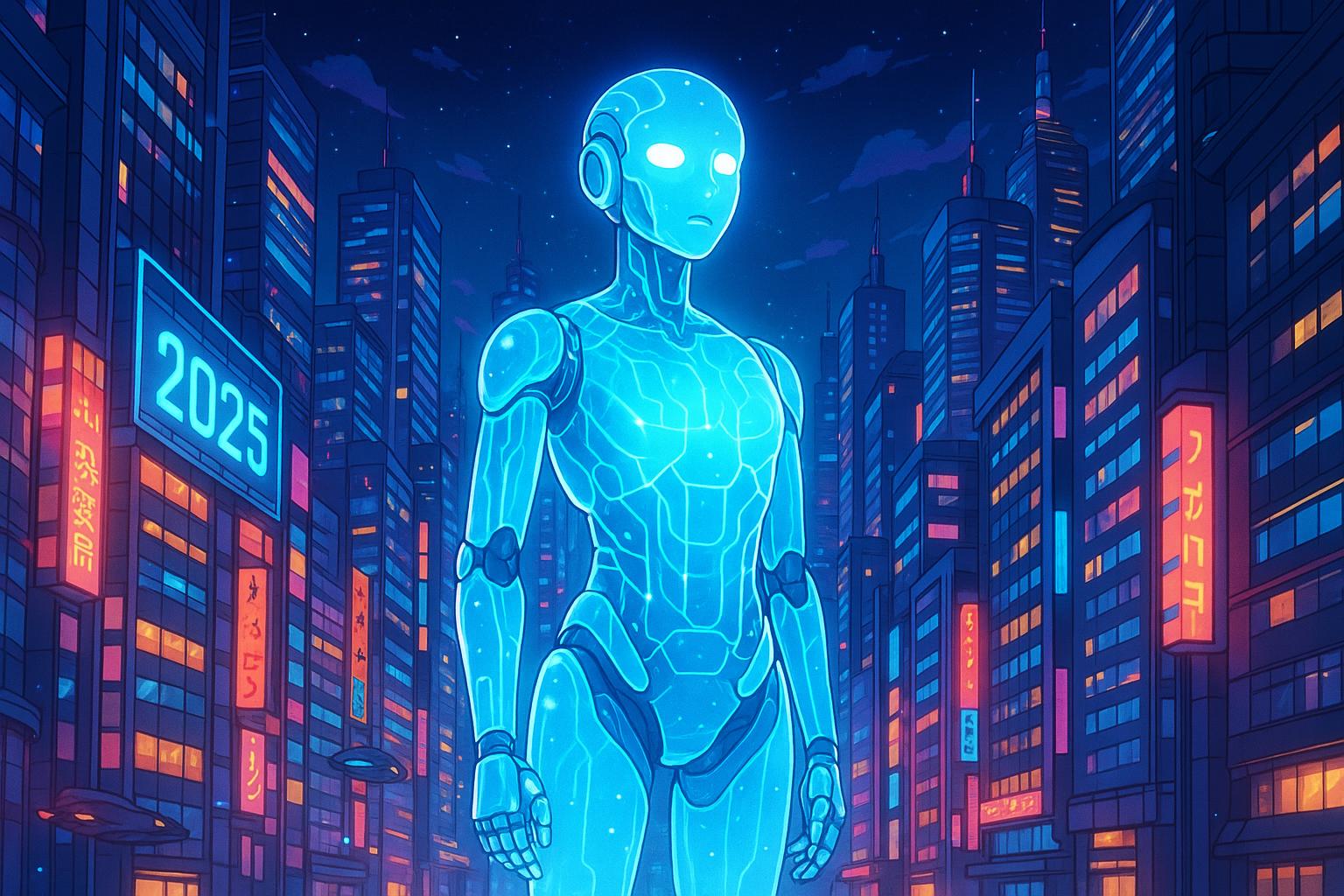The technology sector is poised for a transformative shift as we approach 2025, a year projected to mark a critical juncture for artificial intelligence (AI) integration across various industries. Andrew “Boz” Bosworth of Meta has characterised this moment as potentially pivotal for the company’s Reality Labs division, but the implications stretch far beyond Silicon Valley’s ambitions in augmented reality and virtual reality.
As Bosworth succinctly framed it, 2025 could herald either “greatness” or “legendary misadventure” for Meta, yet it reflects a larger narrative about the broader adoption of AI across sectors. Success stories like Meta's Ray-Ban smart glasses, which have sold over 2 million units, underscore that consumers are ready for solutions that seamlessly address their needs. This willingness to embrace technology is evident not just in consumer gadgets but also in fundamental business practices. AI’s real impact is emerging in sectors such as healthcare, retail, and home services, transforming customer interactions and operational efficiencies.
A quieter revolution is underway in traditional service industries, where small and medium businesses are harnessing AI to refine customer acquisition and retention without the burden of hefty research and development investments. For instance, in the home services domain, AI technologies are streamlining processes by enhancing lead qualification through intelligent engagement systems, thereby converting missed opportunities into viable prospects. This nuance indicates that the current phase of AI innovation is as much about practical application as it is about sophisticated gadgets.
The competitive dynamics spurred by successful AI implementation are compelling. As companies such as Google and Apple advance in AI-driven hardware, businesses increasingly feel the pressure to adopt AI tools to remain competitive. Companies that integrate these technologies now can capture significant advantages that may become entrenched as the technology matures. This immediate adoption is further illustrated by the massive investments being funnelled into purpose-built AI data centres globally, as companies scramble to enhance their digital infrastructures.
However, the discourse around AI is not devoid of challenges, with emerging concerns about workforce displacement and the need for flexible regulations to support its swift integration. AI investments in the U.S. reached $109 billion in 2024, surpassing those of China and the UK. This rapid adoption is already reshaping sectors like finance and healthcare, yet it also brings risks, particularly for entry-level jobs that may face obsolescence in this transformative era.
Moreover, the internal dynamics within companies adopting AI are revealing. A recent study noted that while C-suite executives advocate for AI’s benefits, employees often express apprehension about job security and the effectiveness of the tools being implemented. Approximately 94% of executives reported dissatisfaction with their current AI solutions, highlighting a significant tension that could impede successful integration.
As Dan Priest, PwC's Chief AI Officer, reflects, the path forward will see businesses transitioning from merely proving AI’s value to scaling its use effectively. A notable trend is the growing application of generative AI for personalising consumer experiences—a crucial driver in competitive markets. However, companies must tread carefully, as the maturity of AI tools necessitates a balance between innovation and effective risk management to prevent costly missteps.
The next five years will serve as a crucial test for organisations navigating this landscape. Businesses will need to focus not just on the latest tech solutions but also on executing well-defined strategies that truly address customer needs. The importance of educating the workforce on these technologies cannot be overstated; companies that successfully meld AI with human creativity are likely to thrive.
In conclusion, the significance of 2025 extends far beyond Meta’s ambitious plans for AI and robotics. This is the year where AI can shift from being a technological curiosity to an essential business requirement across industries, laying the groundwork for a new era of customer engagement and operational effectiveness.
📌 Reference Map:
- Paragraph 1 – [1], [2]
- Paragraph 2 – [1], [3], [5]
- Paragraph 3 – [4], [6]
- Paragraph 4 – [2], [3]
- Paragraph 5 – [4], [6]
- Paragraph 6 – [4]
- Paragraph 7 – [1], [4], [7]
- Paragraph 8 – [1], [5]
Source: Noah Wire Services
